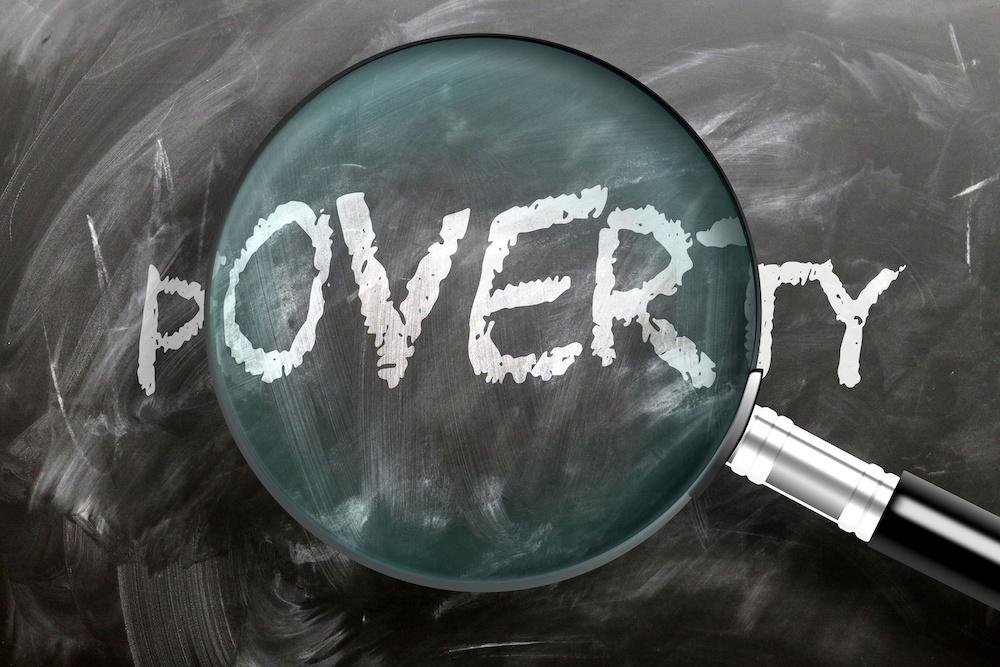In the realm of economic development and poverty eradication, few names resonate as strongly as Jeffrey Sachs. His seminal work, “The End of Poverty: Economic Possibilities for Our Time,” presents a visionary blueprint for transforming the world’s poorest nations into thriving, self-sustaining economies. In this article, we delve into the overarching framework laid out by Sachs, dissecting his vision and strategies that seek to lift nations out of poverty sustainably.
The Holistic Approach
Central to Sachs’ approach is the notion that poverty is a complex web of interconnected challenges. From healthcare to education, agriculture to infrastructure, every facet of a nation’s development is interwoven. Sachs’ blueprint advocates for a holistic approach that addresses these challenges simultaneously, acknowledging that progress in one area can catalyze positive changes in others.
The Millennium Development Goals
Sachs champions the Millennium Development Goals (MDGs) as a guiding framework for global development. These goals encompass crucial areas like eradicating extreme poverty, achieving universal primary education, reducing child mortality, improving maternal health, combating HIV/AIDS, ensuring environmental sustainability, and fostering global partnerships. By aligning nations’ efforts around these shared objectives, Sachs envisions a coordinated drive towards lasting transformation.
Investment in Key Sectors
Sachs emphasizes the importance of targeted investments in key sectors as a catalyst for sustainable development. He calls for increased spending on health and education, enabling individuals to break free from the cycle of poverty. Additionally, Sachs advocates for bolstering agricultural productivity to enhance food security and create economic opportunities in rural areas.
The Millennium Villages Project
A centerpiece of Sachs’ vision is the Millennium Villages Project, a real-world experiment in implementing his strategies at the community level. This initiative involves comprehensive interventions in healthcare, education, agriculture, and infrastructure within specific villages, aiming to showcase the transformative power of integrated development.
Sustainable Economic Growth
Sachs underscores the significance of achieving sustainable economic growth that benefits all segments of society. He argues that economic expansion, coupled with targeted investments, can uplift communities, provide employment opportunities, and reduce income disparities. In turn, this growth can foster a sense of ownership and drive sustainable development.
Public-Private Partnerships
Recognizing the limitations of public resources, Sachs advocates for innovative partnerships between governments, businesses, and civil society. These collaborations can harness the expertise, funding, and resources required to overcome challenges and implement large-scale development projects.
Conclusion
Jeffrey Sachs’ vision in “The End of Poverty” presents an inspiring blueprint for a world where nations rise above the shackles of poverty through sustainable development. By embracing a holistic approach, investing in critical sectors, and fostering partnerships, Sachs envisions a future where economic growth, social progress, and environmental sustainability harmonize. As we unpack his vision, we uncover not just a roadmap out of poverty, but a transformative strategy for building a more equitable and prosperous world.








